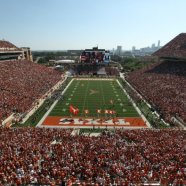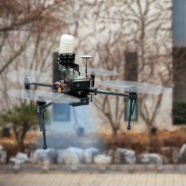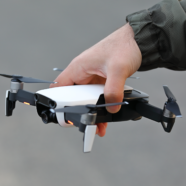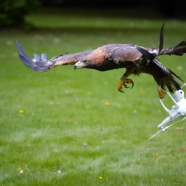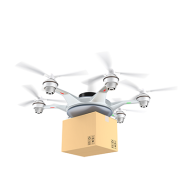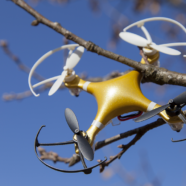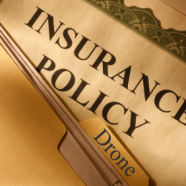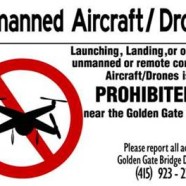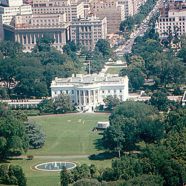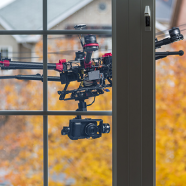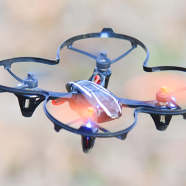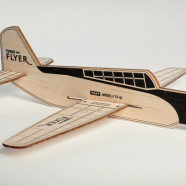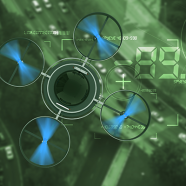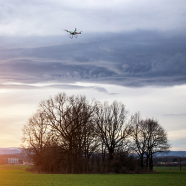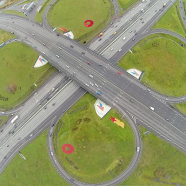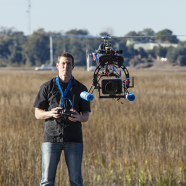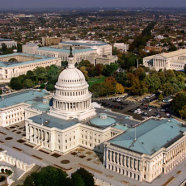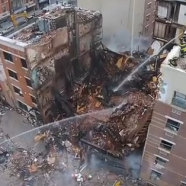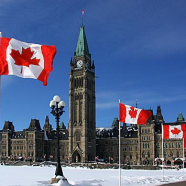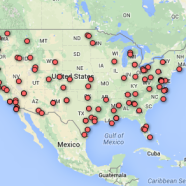Posted by
Steven Miller
on Sep 2, 2014 in In The News | 0 comments
As recently as two years ago, mention the word “drone” and people would think you were talking about a recent military drone strike in a far off corner of the world. But Google “drone” today, and the top hits are all for websites dedicated to the commercial sale or use of drones. From real estate brokers to agribusiness, from journalists to wedding photographers, commercial drone use has exploded in the last few years.
For the moment, commercial use of drones is essentially unregulated in California. But the landscape may be changing quickly. The new frontier of regulation of commercial use of drones is most likely to take place at the local level.
The Federal Aviation Administration is charged under federal law with issuing regulations in 2015 concerning commercial drone use. These regulations will largely focus on safety issues and will be of critical importance to anyone seeking to make commercial use of drone technology. But even with federal action (and any FAA action is not going to be finalized until 2016 at the earliest—my prediction is it will not be until 2017), California–and especially local agencies–are taking notice and are beginning to regulate commercial drone use.
At the State level, the legislature passed AB 2306 which took effect on January 1, 2015. This is a relatively modest law that clarifies existing invasion-of-privacy laws already on the books and applies them to video or audio captured by a camera attached to a drone. A video or audio recording taken of someone in situation in which the person has a reasonable expectation of privacy can now be actionable even if the audio or video recording is taken with a camera- mounted drone.
The other area in which the California legislature is active concerns use of drones by municipalities and other local agencies. Late in the last legislative session, the Governor vetoed AB 1327, which would have required a warrant for use of drones by law enforcement. Law enforcement agencies are generally opposed to a statutory warrant requirement, preferring to rely on courts to establish how the Fourth Amendment will apply to new technologies like drones. Efforts are already underway to pass similar legislation, with the hope that the Governor will sign the bill if presented it outside the context of an election campaign.
Separate from both the federal safety regulations, and any State efforts to regulate law enforcement use, Local agencies are beginning to step up to fill a vacuum created by the absence of regulation. These local efforts are likely to have more immediate and significant impacts on the drone industry—equal to, or possibly greater than the impact of any federal or State law.
Cities have broad police power to regulate activities within their jurisdiction. Cities, as well as other local agencies, are beginning to examine regulating drone use in three different ways:
- Licensing. Cities may require drone operators to obtain business licenses in general, or more specific commercial activity permits. Both may include specific restrictions on operating parameters.
- Purpose Restrictions. Local agencies may enact restrictions to protect privacy and promote safety. For instance, in the absence of State law, some cities are considering warrant requirements. Others are considering privacy restrictions that go beyond the current State law. Other cities are taking the opposite approach and are considering ordinances that would expressly permit use of drones by law enforcement.
- Functional Use Restrictions. Cities are considering regulating use by imposing time, place, and manner restrictions on drone use—for example prohibiting drones over particular intersections during commute hours.
Some local efforts may raise preemption issues depending on when and if the Federal or State government acts to occupy the field. But many local efforts will not conflict with State or federal law and so all commercial operators should be aware of local efforts in their jurisdiction.
Expect the federal government to move slowly. Expect the State government to try and fill some gaps. But look to your local jurisdiction to try and keep up with the rapid advances in drone technology. 2015 is going to be an interesting year for the drone industry.





